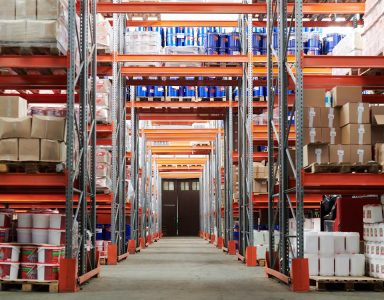IoT (the Internet of Things) seems to be everywhere these days. From tracking shopping habits to remote locking of doors on our cars, IoT data for product performance is part of many of our devices, collecting data and making it available for better, faster, and more intuitive decision making.
The use for this kind of data analysis will become invaluable to just about any company who makes or sells products, particularly in a world where customers have come to expect to get what they want, right away. Processes will become transparent and streamlined to be more efficient, less expensive with a high quality output and quick turnaround, thanks to IoT. But how?
Increasing efficiency with IoT
IoT is still merely a future concept for many organizations around the globe, but the possibilities of how IoT data will be able to optimize supply chains of tomorrow are endless. Consider these uses:
● The ability to track a product from one end of the supply chain to the other, relaying back data in real time. Manufacturers and product suppliers will be able to track their output from the resources at the beginning to the arrival at the customer destination. It’s not just about location, either. Data sets can get much more in depth, depending on the product, including how quickly it sold, which is a significant piece of data for companies that helps with demand forecasting.
● Supplier controls will become easier to implement with IoT, in that disorganization or waste due to the quality or efficiency of what is being provided by suppliers can be easily identified and rectified. Higher quality supply often leads to higher quality output and, overall, more satisfied customers.
“As much as 65% of the value of a company’s products or services is derived from its suppliers – and its supply chain.” (Source)
● Inventory management is improved over anything a human could produce manually, both in terms of availability of supplies for production and available inventory ready to ship. Machines will eventually be able to identify when necessary production resources are low and even request replacements, on a needs basis, rather than buying and storing excess inventory, with the costs that go with it. Data will provide predictive analysis as to when inventory will be needed of final products, even going so far as using historical data to analyze seasonal changes.
● Shipping is improved as data is relayed quickly as to current status. Any problems, including outside emergencies or delays, can be managed proactively with up to the minute status availability.
● Avoiding unplanned maintenance / stoppages is another advantage: data about any bottlenecks or impending issues can be sent to decisions makers in real time enabling rapid responses.
How will IoT impact the future of the supply chain performance?
Supply chain planning has moved away from manual data collection and a lack of connection between each stop in the chain. It’s moving toward a more intuitive, predictive and efficient way of leveraging data to save time and money, improve customer relations and ultimately, put out the best products possible. That’s a worthwhile effort.
The Internet of Things continues to impact our lives more and more every day, so it stands to reason that in the not so distant future, it may well be leveraged to improve the performance of a supply chain as well. Stay tuned.


